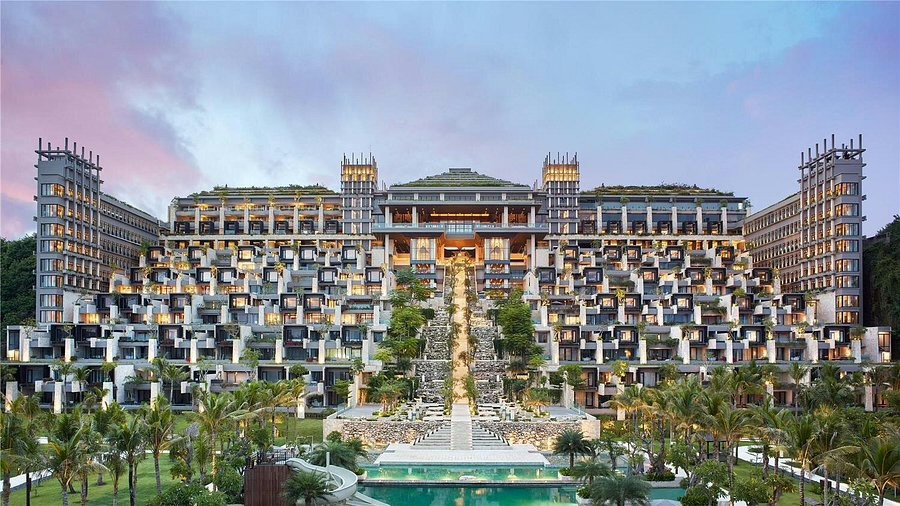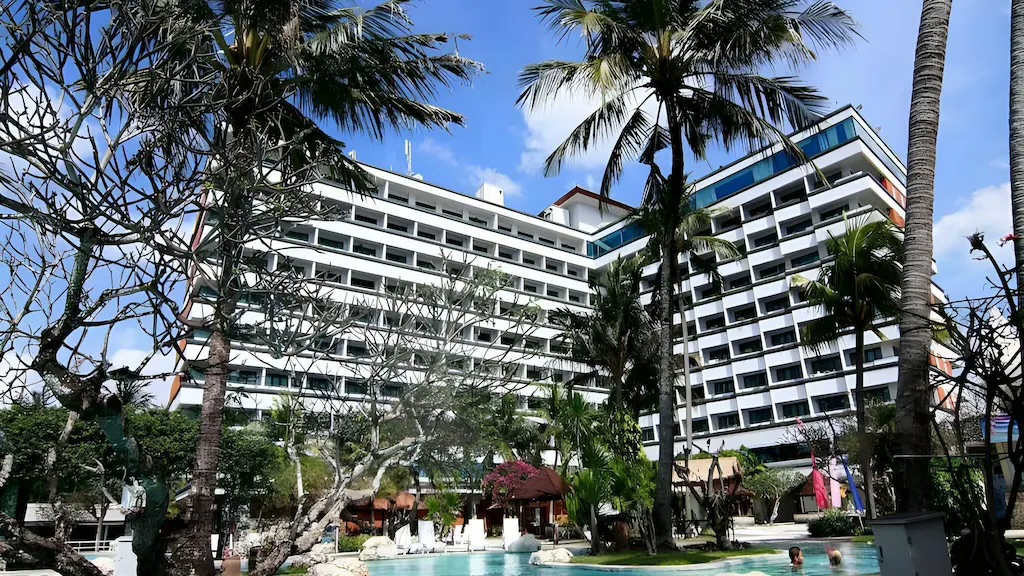Imagine stepping out with your morning coffee onto your balcony, with all of Canggu at your feet. From the 45th floor, there's no sound of bikes or roosters, only vibrant kites floating beside you... This is not a ChatGPT fantasy, but a quite possible future. It’s another revolutionary proposal from local politicians that could transform the paradise island beyond recognition!

Nyoman Parta, a member of the Indonesian Democratic Party of Struggle (PDI-P) from Bali Province in the People's Representative Council, has proposed revising the regional law that regulates the maximum height of buildings in Bali.
“I would like to start this discussion. I think it's time to reconsider the building height regulations, especially since they are already being violated everywhere,” Parta said.
The politician from Ubud explained his initiative as caring for Bali. He is concerned about the rapid conversion of agricultural land on the island. According to the Indonesian Environmental Forum (WALHI), 1,500–2,000 hectares of fields are given to developers each year.
Nyoman Parta believes the reason for more land being converted for construction is the limitation on building height. These restrictions force developers to build outward, occupying large areas for buildings of certain capacity.

“A person who wants to build 200 rooms would need just 50 are. But since building vertically is not allowed, they have to occupy 4 hectares,” Parta explained.
The building height restriction is stipulated in regional law and reflects the philosophy of Tri Hita Karana, which is based on harmony between humans, nature, and the spiritual world. This provision requires that no structure exceeds the height of a coconut tree, which is about 15 meters. The rule is deeply rooted in traditional Balinese customs, has been in effect since 2009, and is a main component of the Regional Spatial Planning Plan of the Province of Bali. Some mistakenly believe that high-rises are absent from the island due to seismic activity, but primarily, small villas instead of skyscrapers are built for reasons of flight safety, temple sanctity, comfort, and the unique landscape of the “Island of the Gods.”
“I think there are many areas where building taller would be possible. But not everywhere, to avoid becoming like Jakarta. It would be a shame if our temples ended up below. The landscape of the “Island of the Gods” is truly beautiful thanks to traditional Balinese architecture, which is mostly single-story. However, considering the aggressive development of the tourism industry, which is overtaking land, the height restriction for buildings needs to be re-evaluated for certain locations,” Parta added.

Besides curbing the loss of agricultural plots, revising the building height law will also help save Bali residents from a land crisis, some experts believe. After all, the price of their ancestral lands has become too high, and Balinese people can no longer repurchase them due to tourism development and a shortage of areas, which in turn drives up real estate prices.
Incidentally, there are quite a few buildings in Bali, including commercial ones, that are clearly over 15 meters.
— Hotel Grand Inna Bali Beach (Sanur)
Constructed in 1966, this 10-story hotel (about 45 meters high) is the only commercial building in Bali officially exceeding the limit. It was erected before the current regulations were introduced and is therefore considered an exception.
— Garuda Wisnu Kencana Statue (GWK)
With a height of 121 meters, this monumental statue in Badung is the tallest structure on the island. Although it significantly exceeds the set limit, its status as a cultural and religious object allows its existence as an exception.
— Turyapada Tower (Buleleng)
Opened in December 2024, this 115-meter telecommunications and observation tower is intended for public use and also falls under exceptions provided by the law for certain types of structures.
In recent years, many developers either directly violate the rule or bypass it. For example, some hotels, especially in Uluwatu and Nusa Dua areas, are built on slopes. Thus, the top point of the building does not exceed 15 meters, while the lower levels go deep down.
Sources: NusaBali


You can add one right now!